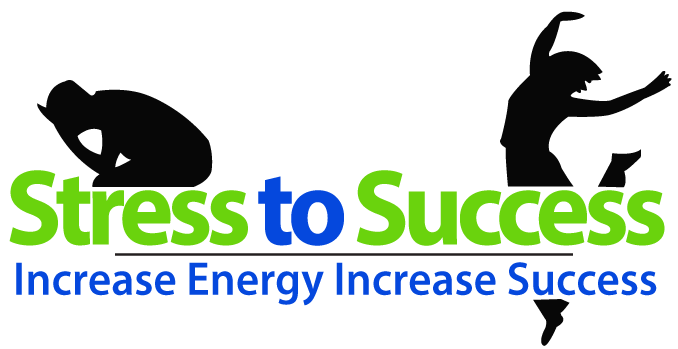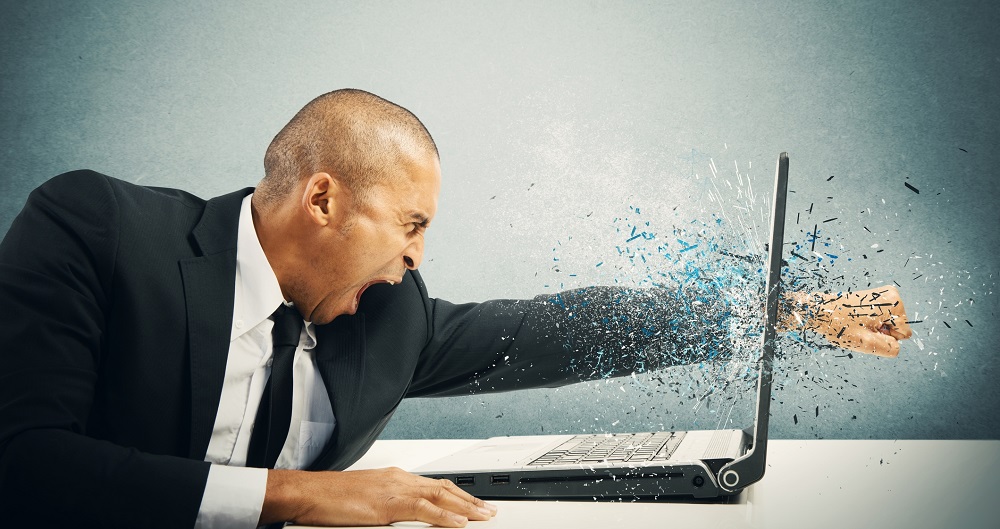As a species, we are constantly bombarded with stress triggers daily, from our work environment, our family life, our lack of resources, lack of money, lack of skills, lack of self-esteem, lack of self-worth, being criticised by our bosses or our partners, and so on. As a thinking, feeling species, we tend to store the emotional effects of theses stresses in our bodies, in our organs, tissues, muscles or our bones, and our spine. The unfortunate thing about this is that we no longer have the instant ability to counter these stress responses and turn of our stress trigger mechanism.
Even though our societies may have progressed our bodies are still primarily built to be hunter-gatherers. Initially our main stress response trigger was that we were in danger of being hunted by wild beasts, killed or eaten, as we also did, to those animals. These stresses were very clearly delineated. These were the only type of stresses that we came across. Because of this our stress trigger mechanism of fight or flight was very simple, and that is precisely what we did and how we reacted: we either fought the beast or we thought better of it and fled. This means that our stress trigger mechanism could be shut off pretty easily after our initial reaction. These reactions were not stored in our bodies and we easily got on with life.
Unfortunately, due to the complicated nature of our societies, the rules and regulations about what to do, what to say, when, where and why, has lead to a situation in which has evolved many and varied opportunities for stress responses.
This means that the sympathetic (turn it on) and the parasympathetic (turns it off) nervous systems are in a constant state of flux, on, off, on, off. We lose the ability to shut down and recuperate. Why this is so is because both of these body systems are attached to and affect the spine and the nerves, as all nerves spring from the spine. So, if we are constantly responding to stress triggers and we are storing these emotional effects in our bodies somewhere, then eventually our nervous system, our brains and our spine will become blocked or distorted in some way. When this has occurred sufficiently then inflammation can occur which can lead to disease or permanent damage of our spines.
In order to be free of the physical aspects of daily stress on our spines and nerves we should be on the look-out for the signs and symptoms of the commencement of disease and damaging wear and tear on our spines.
The types of issues to look out for include: sore throats, shortness of breath, pain in the arms, stiff neck, pins and needles, dizziness, shoulder pain, meniere’s disease, rib pain, liver conditions, fevers, stomach pain, bladder conditions, menstrual problems, sciatica, back aches, frequent urination, cramps, spinal curvature, pain at the base of the spine on sitting, and so on.
All of these symptoms, and so many more, indicate that there have been compromising effects of stress held within the body and which are now affecting the spine and the nerves.
From an holistic point of view this means that your base chakra has been affected and you need to look at the structure of your life and your environment to see if you need to change what you are doing, physically, in order to maintain a healthy body/mind. The base chakra houses aspects of family of original issues, security, belonging, dependence and independence and so on. When your nerves and your spine show signs of wear and tear then this will affect every aspect of your being.
Physical health and well-being comes first in the steps to maintain a balanced life.
Physical health needs to be maintained in order to have a balanced healthy life. An easy way to check your structure is to have a chiropractic health check. Well-being comprises an holistic approach, including emotional, physical mental and spiritual. Addressing one aspect without the others can lead to a distorted view.
Celine Healy
Stress Resolution Expert Ph: 0408 646 887 info@stresstosuccess.com.au www.stresstosuccess.com.au To watch the RELEASE video please click on this link.


Recent Comments